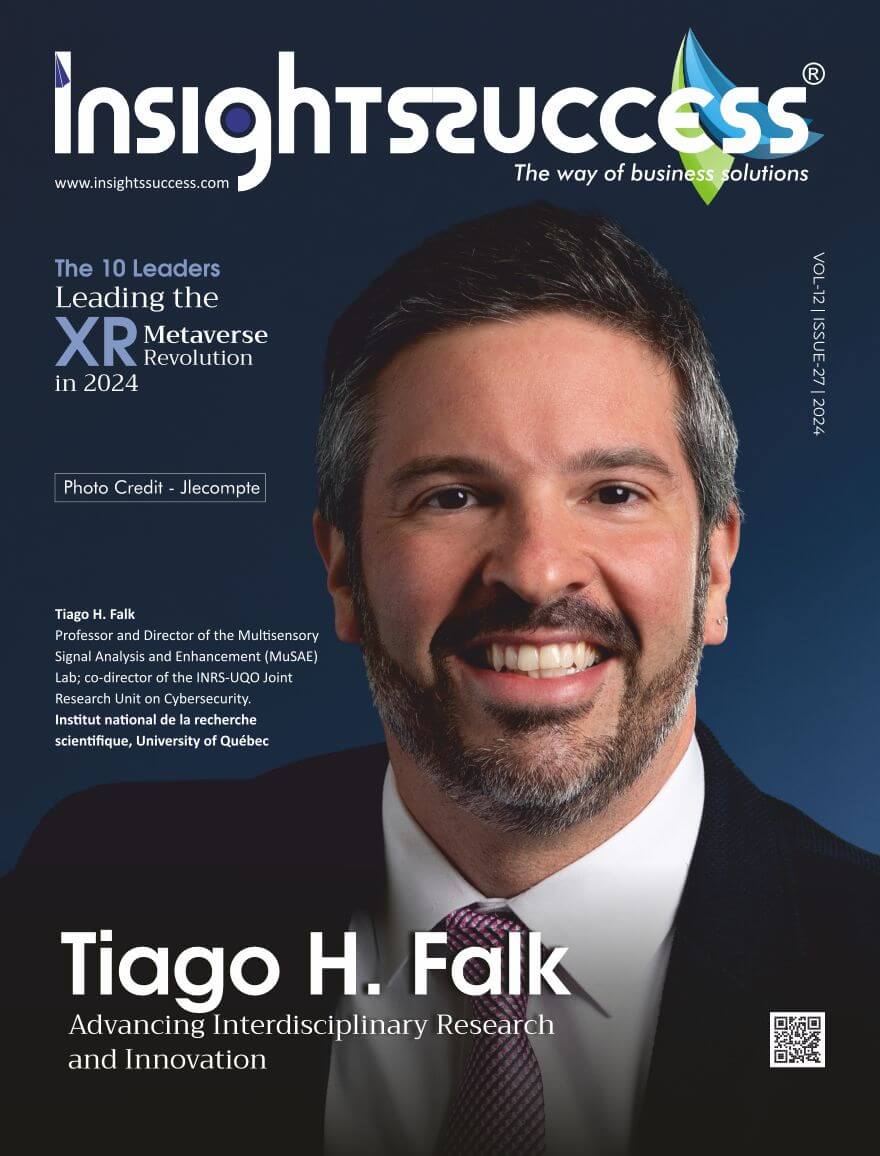Real-time data analysis is proving to be a point of difference for Brisbane based Interlate, and according to the company’s Director of Strategy, George McCullough, this live reaction to changes in the value chain provides outstanding results.
Recently Mr. McCullough explained how Interlate is integrating their platform with the operations teams of mines around the country and detailed how Interlate’s systems work to identify potential efficiencies.
Feedback to Operations Teams
The data revolution is sweeping the mining sector, with Interlate at the forefront of the charge, taking a holistic view of the complete value chain for mines.
By not only looking at live data, but also historical information, as well as the context of a given mine’s processes, Interlate provides around the clock feedback to operations teams in real time.
While there may not necessarily be anything fundamentally wrong with the procedures of a given operation, Interlate’s systems work to find possible efficiencies that can significantly impact on productivity, or operating costs. The company estimates that of the 1,400 mineral processing plants globally, improvements are possible in 70% of those facilities.
Acknowledged Leadership
George has a mining technical background with significant operational experience in applying technology to improve productivity. He has international experience across a range of commodities and mining methods.
Leading on from his operational experience, he has had roles in consulting, product development, marketing and executive management for a variety of international mining services and technology companies.
George is an acknowledged leader who relishes in working with high performance teams to create solutions for complex problems. He is an enthusiastic advocate of adopting solutions and technologies from outside industries.
Taking an Alternate Approach
George McCullough, the Director of Strategy for Interlate, explains that by looking at the overall value chain of a given mine in real-time, inefficient sections can be more accurately identified.
While a traditional approach to data analysis sees isolated portions of a mine scrutinised, Interlate seeks to minimise disruptions over the entire production chain.
George said, “By having a total picture of what’s happening we can find patterns, which gives us insight to how mining operations can improve.
“The operations teams can react to those insights in the right timeframe and increase their productivity.
“Also, by having access to the right information when operations teams need it, they can avoid potential stoppages or downtime. In that way, delivering data in the right timeframe can actually reduce operations’ risk.”
Tunnel Vision
A core strength of Interlate is the fact that the company’s staff come from operational backgrounds, and thus, understand the constraints and stresses of the task.
While the attention of operations teams is on mine safety and continual operation, often focus can be lost on the bigger picture.
George said, “We’re not in any way implying that people are doing something wrong in their operations teams, it’s just that in our experience there is a lot of local optimisation; people focus on the things that they know. They take care of those components, but they are not necessarily aware of downstream impacts of their decisions, or what is happening in other areas of that value chain.
“In our experience, the cause of inefficiency is not incompetence; it’s being limited to a view of your local area of operations, rather than an overarching perspective.”
The Advantage of Live
Core to Interlate’s advantage is the live feedback the company’s systems provide to the mines.
Some forms of data analysis can look to improve performance down the track, but Interlate seeks to add value as events are unfolding.
George said, “The mining companies in general are pretty good at doing real time data acquisition. Interlate adds value by taking that real time data acquisition, and putting it through some pretty sophisticated analytics – we’ve got experts that can look for improvements, and then we can deliver that back in the same timeframe as the data is being collected.”
Looking Back to Look Forward
While Interlate’s point of difference is in live feedback, that information can only be made possible via insight into the history of the mine.
Working from a baseline of previous data, Interlate combines many factors from the mine site to seek efficiencies.
George continued, “There’s actually quite a bit more involved than purely ones and zeroes in data; a part of that historical component is the actual operating context of the site, and this is a key feature of how Interlate works.
“We are very different in our approach to traditional consulting companies; we don’t do analysis in isolation and hand over a result, we literally become an extension of the operations team.
“Getting that historical data, but also the operating context, is what helps us deliver meaningful insights to the operations.”
The Human Factor
As the digital transformation and continuing progression of automation makes waves in the mining sector, one factor is often overlooked – the human decision-making process.
“From the Interlate perspective, you cannot gloss over the role of people, which is still driving productivity. That is really the core of our business, one of our central philosophies.
“When a company makes a decision, it’s a person who makes the decision: a real person, not a machine. People are still vitally important in making decisions that are going to have huge impacts on companies and their productivity.
“Data can help those people make decisions more confidently, and make better decisions quicker, by getting real-time insights to those people.”



















